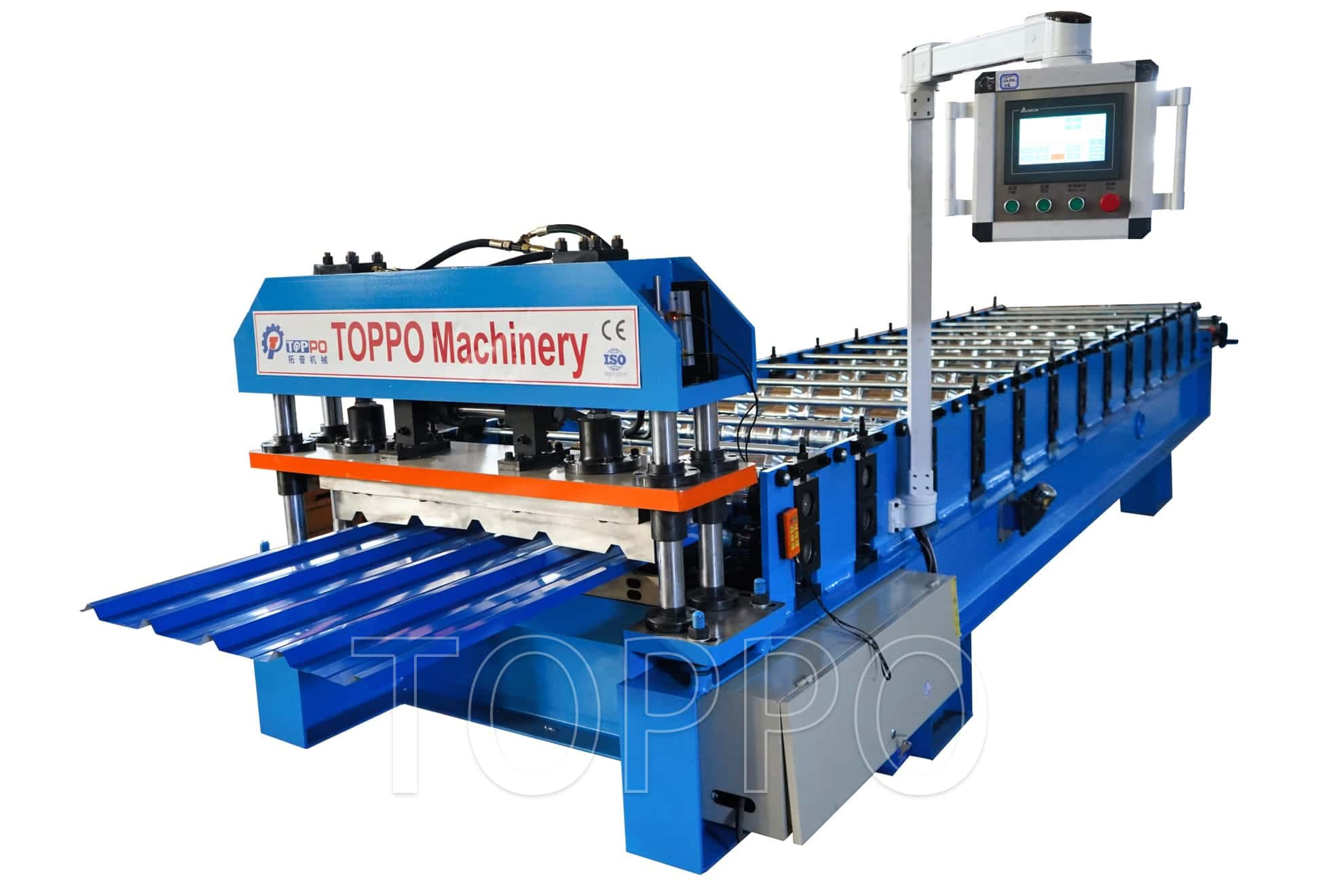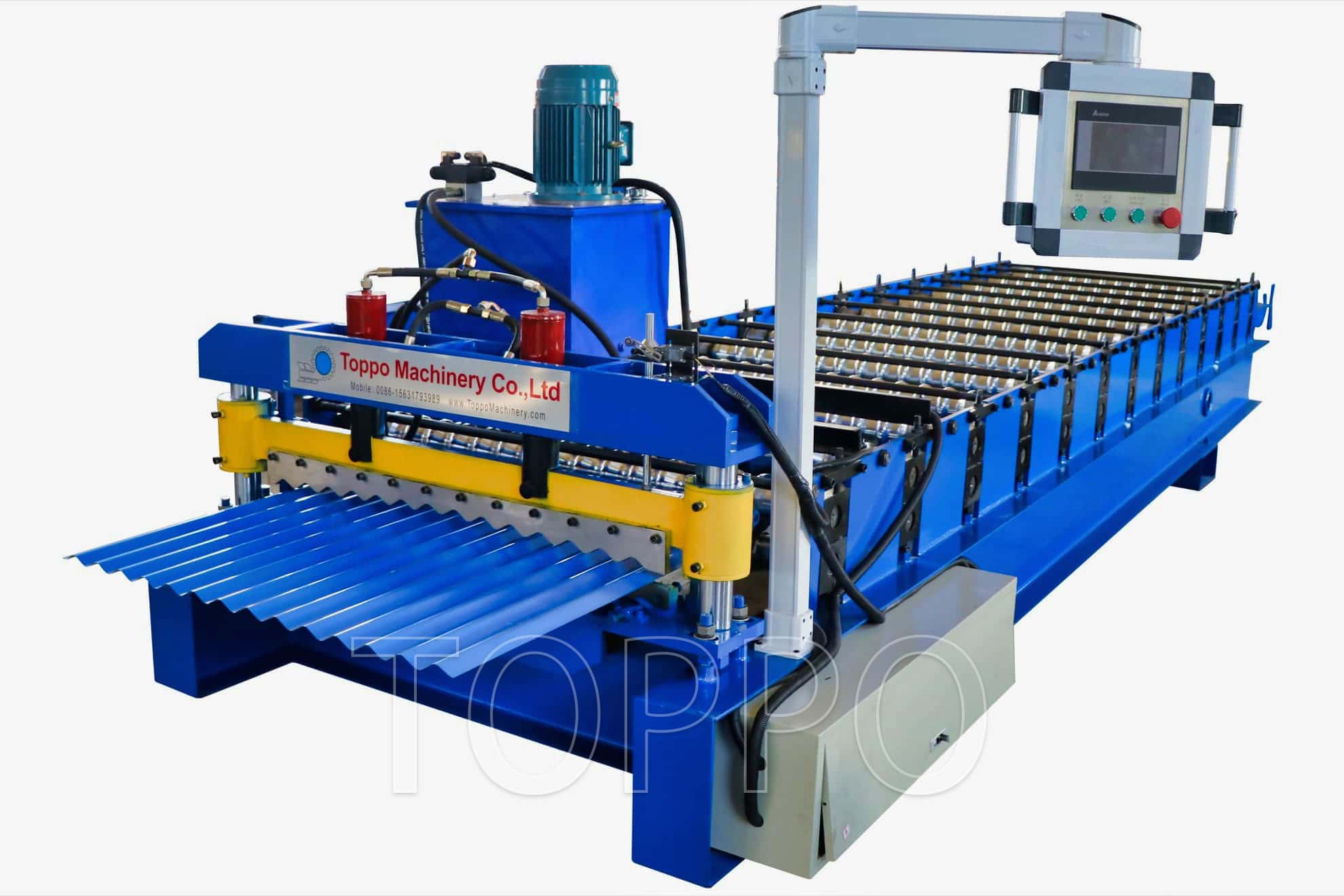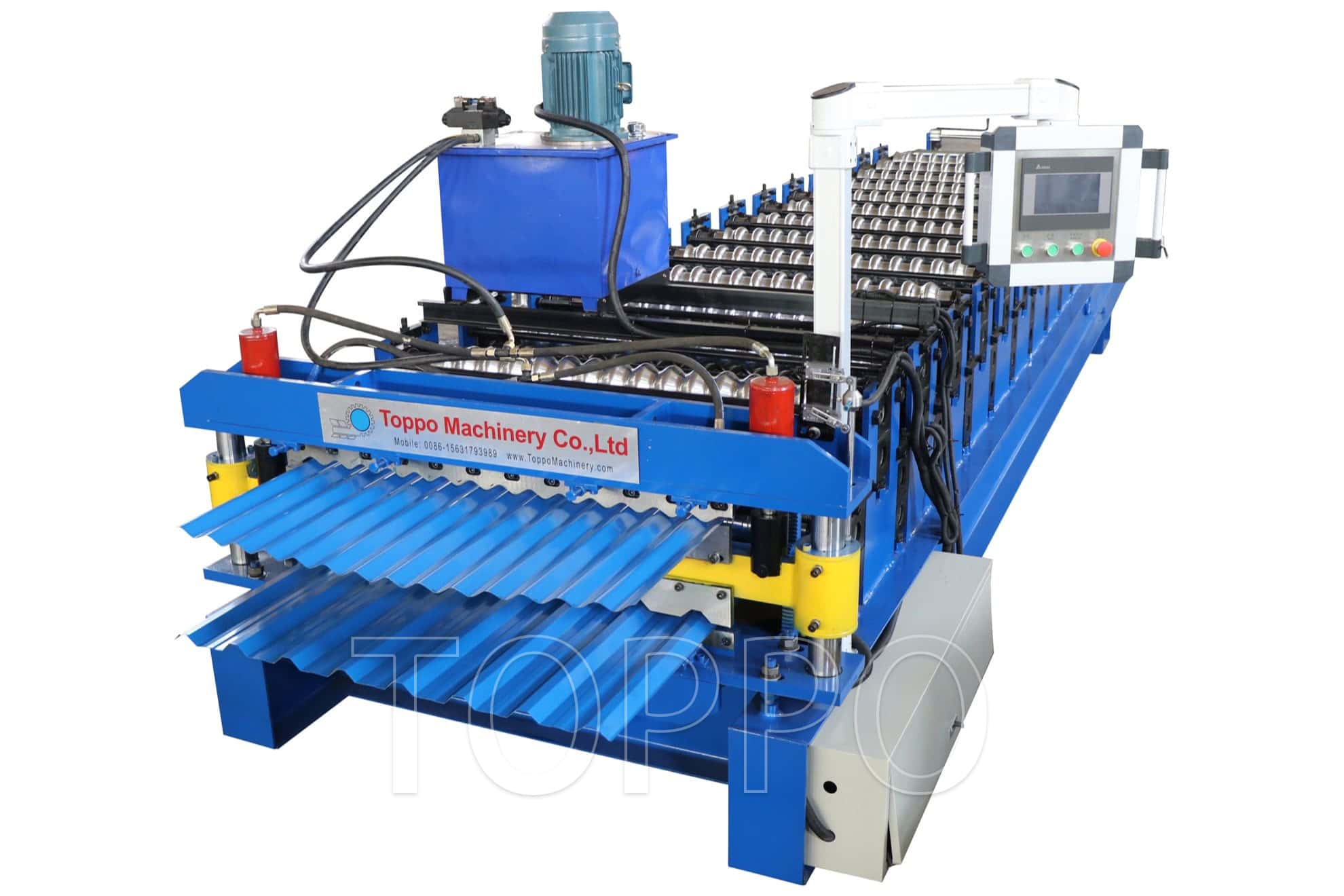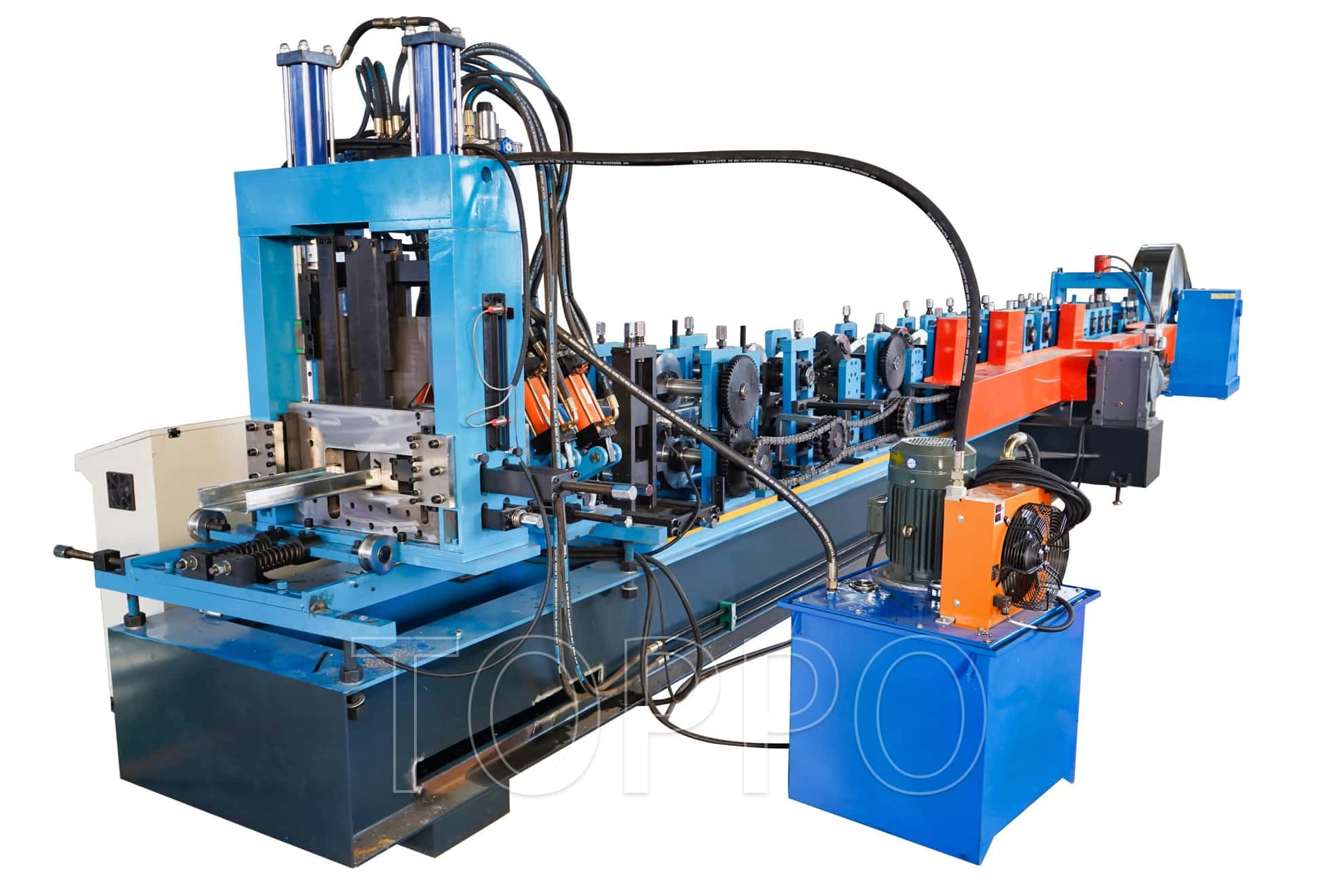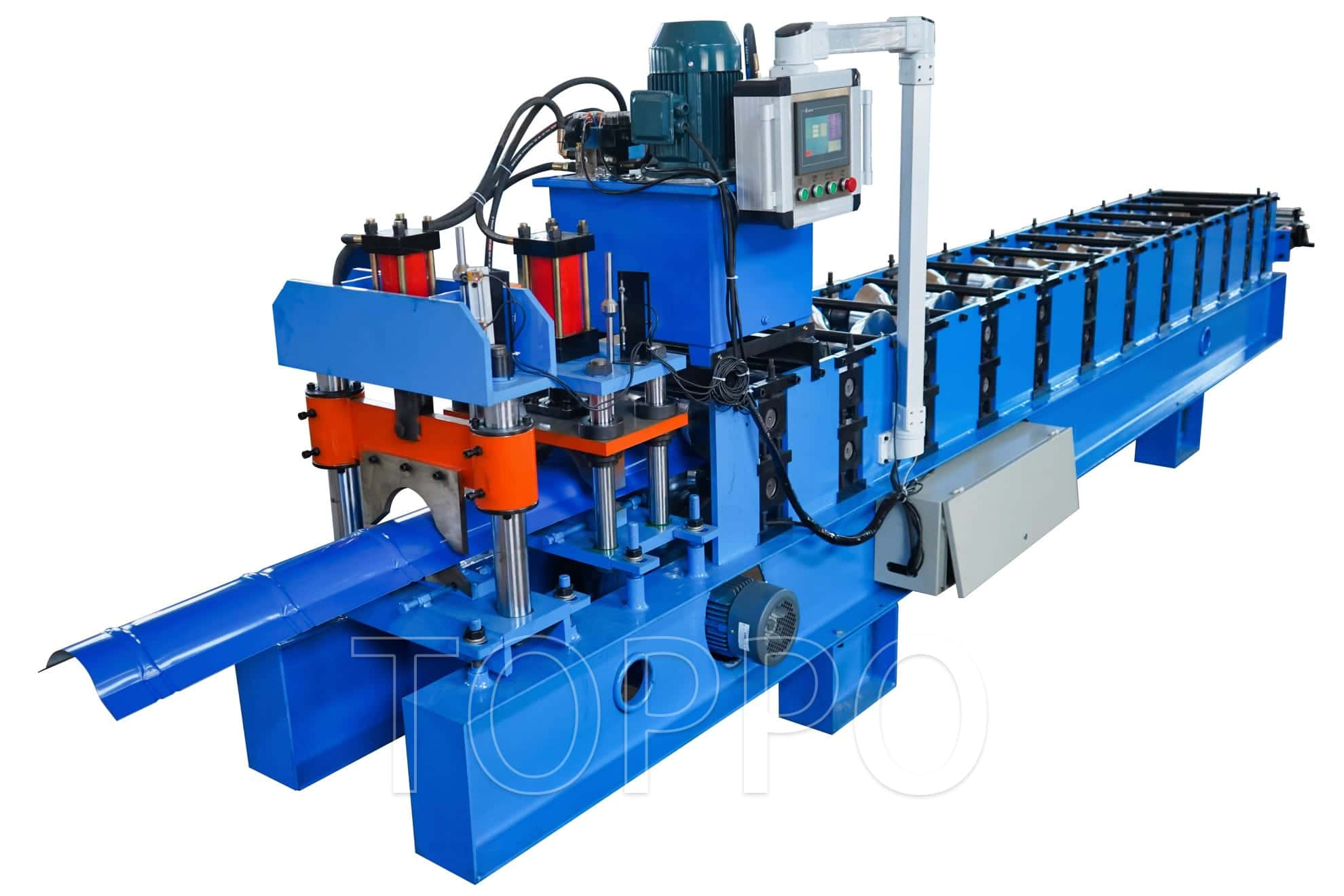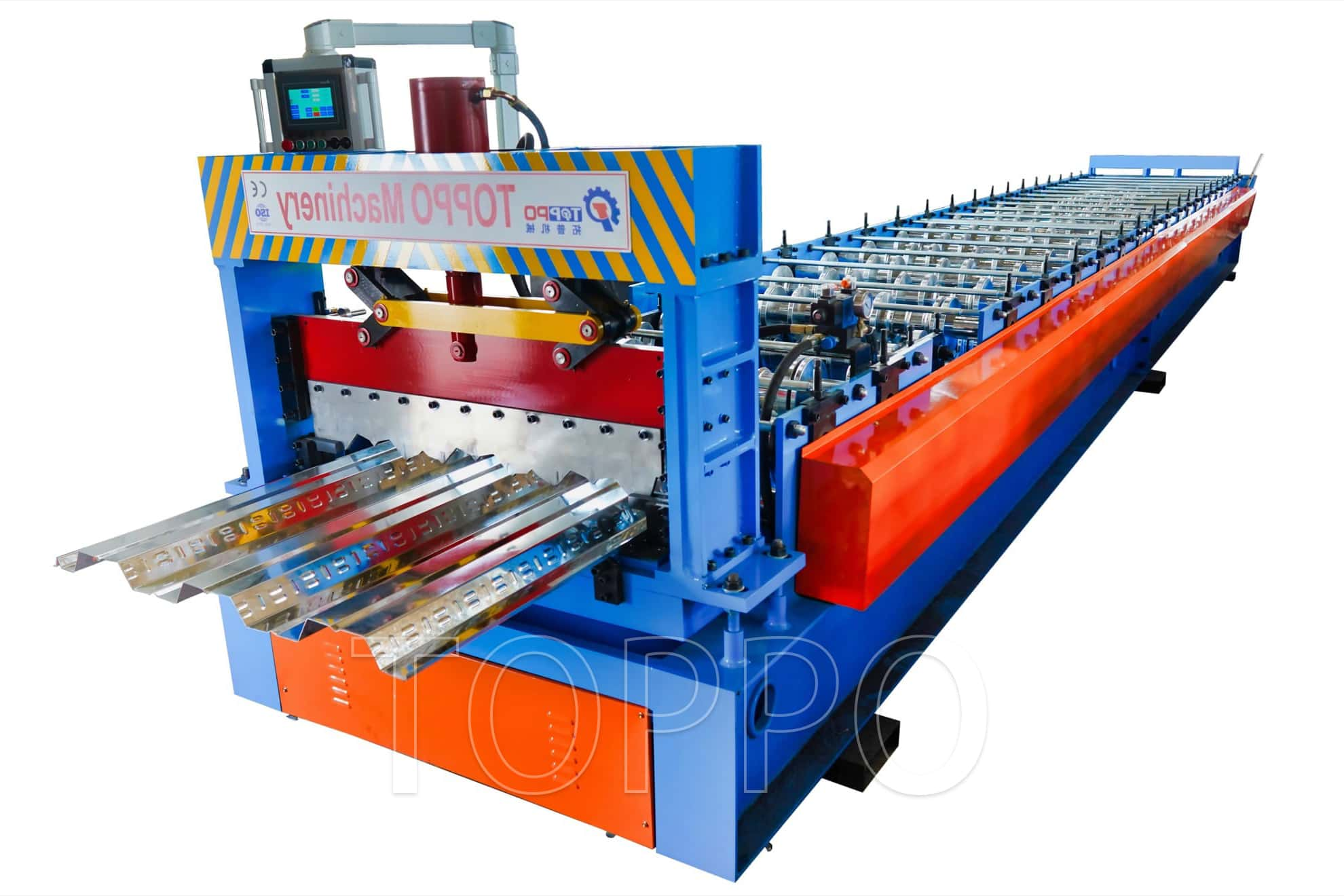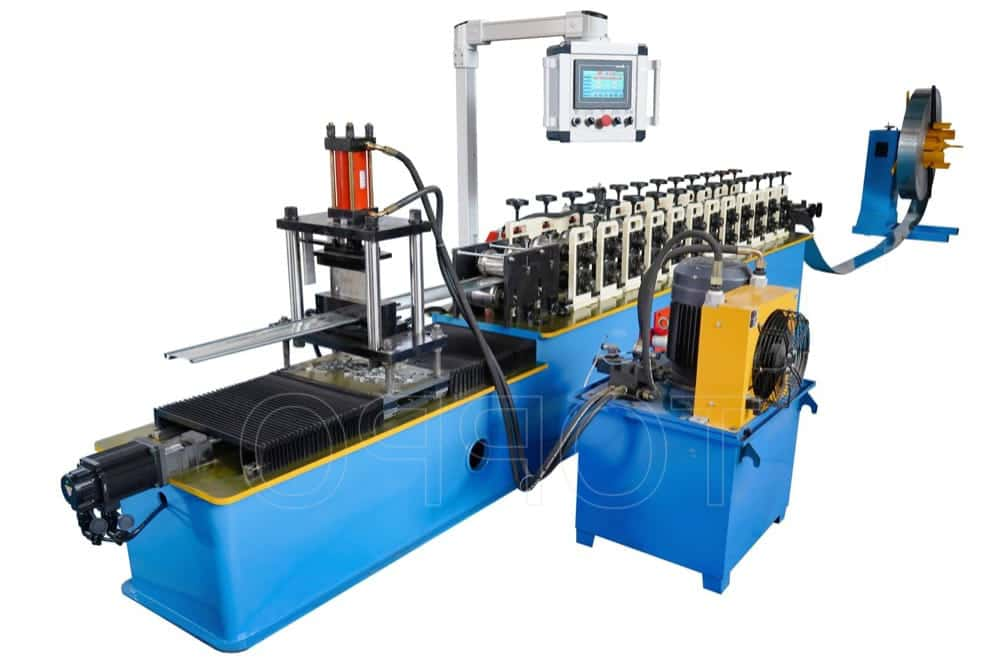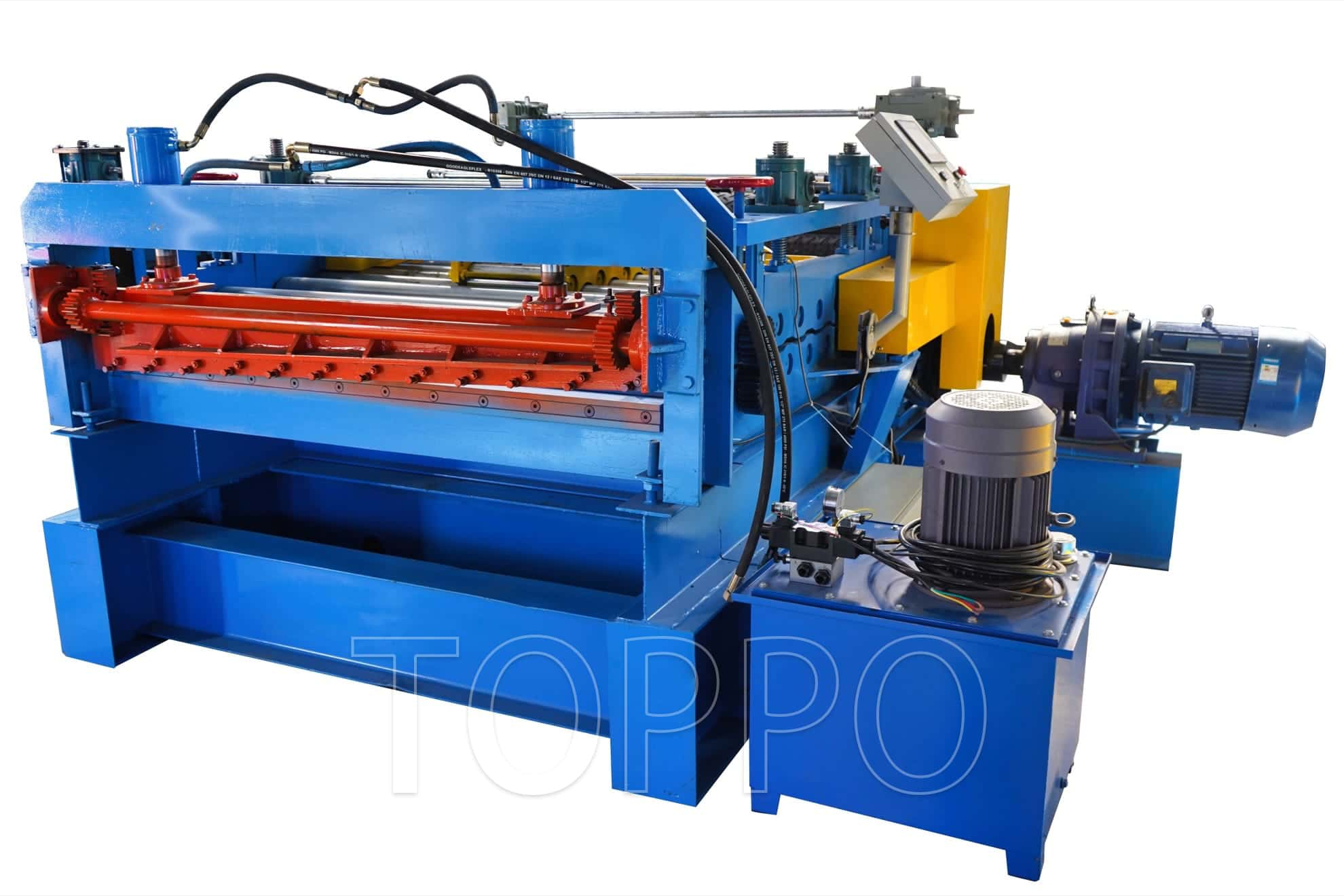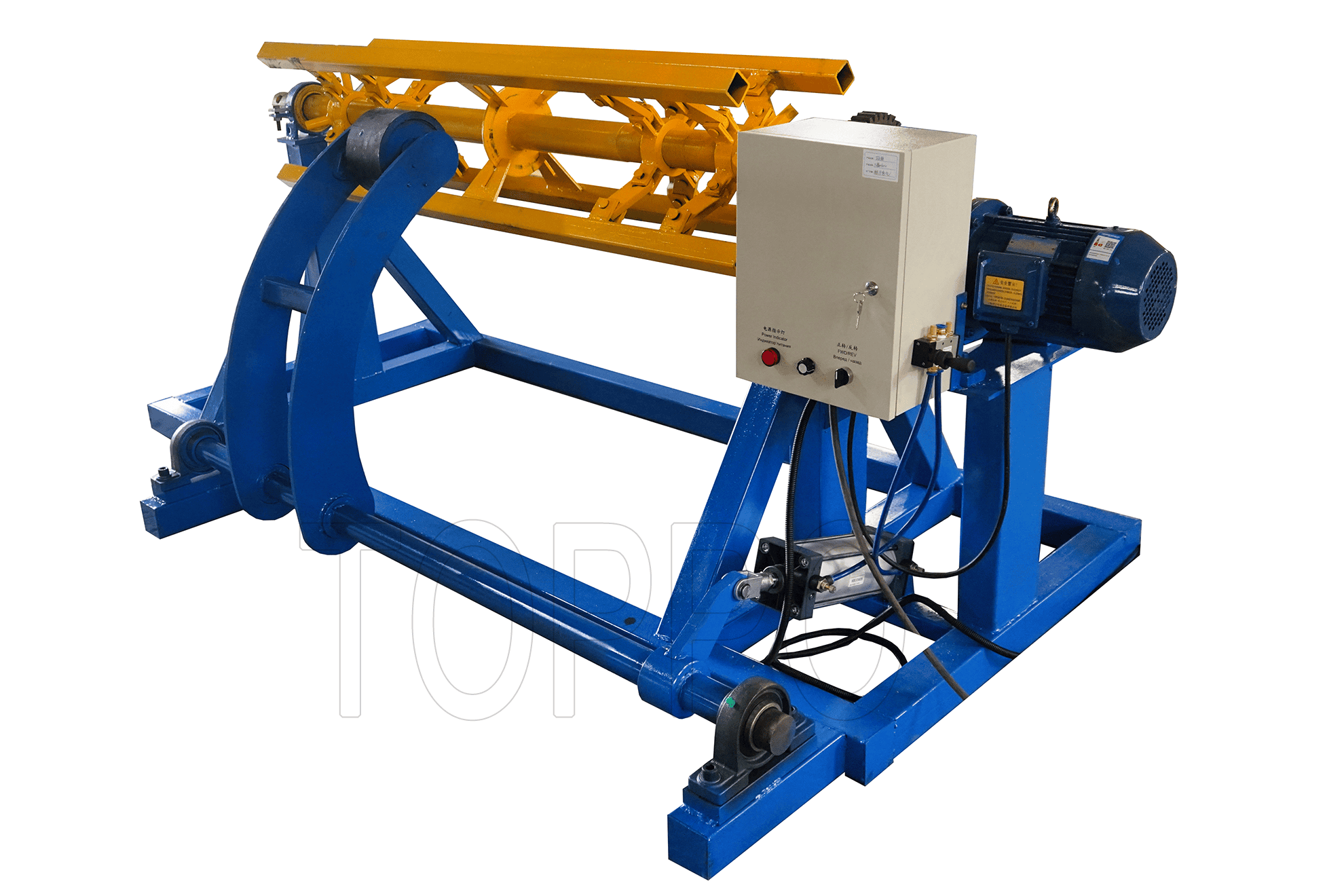- Trapezoidal Machine
- Corrugated Machine
- Glazed Tile Machine
- Double Layer Machine
- CZU Purlin Machine
- Ridge Cap Machine
- Floor Decking Machine
- Rolling Door Machine
- Fence Machine
- Embossing Machine
- Standing Seam Machine
- Cut To Length And Slitting Line
- Guard Rail Machine
- Decoiler And Stacker
- Stud And Track Machine
- Gutter And DownPipe
- Curving Machine
- Cladding Panel Machine
- Corollary Equipment
Understanding the 4 Key Parameters That Define Roofing Sheet Quality During Roll Forming
For manufacturers utilizing Tr4 color steel metal roof trapezoidal roll forming machine, delivering premium roofing sheet quality depends on strict control of core production parameters. This article breaks down the four essential factors, practical implementation steps, potential pitfalls, and shares a real-world case for reference.
1. Material Thickness and Consistency
The first critical parameter is the thickness of steel coils loaded onto your roof panel making machine. Deviations in thickness can lead to poor fit, surface ripples, or structural weakness in the finished roofing sheet. Calibrate thickness gauges before each production run, and set up inline sensors for continuous measurement on every trapezoidal roll forming machine.
2. Roller Pressure and Alignment
Incorrect roller pressure or misalignment on a Tr4 color steel metal roof trapezoidal roll forming machine is one of the most common causes of quality loss. Regularly inspect roller assemblies, use dial indicators for alignment checks, and train operators to look for uneven profiles or edge waves.
3. Line Speed and Feed Control
Optimal line speed ensures each sheet passes through the roof panel making machine without tearing, stretching, or deformation. Use programmable logic controls to manage line speed and synchronize feed rates with each trapezoidal roll forming machine. Erratic speeds are a frequent source of surface defects and inconsistent sheet length.
4. Temperature and Lubrication
Temperature control, especially in high-throughput environments, is vital. Overheated rollers or under-lubricated dies on a Tr4 color steel metal roof trapezoidal roll forming machine cause scoring, scratches, and increased tool wear. Maintain a strict lubrication schedule and use non-contaminating coolants.
Common Mistakes and Errors to Avoid
Neglecting to recalibrate thickness sensors after coil changes
Failing to monitor line speed during production shifts
Using the wrong grade of lubrication for varying climates
Ignoring minor roller misalignments, which worsen over time
Case Study: Quality Turnaround Through Parameter Control
A roofing manufacturer in Southeast Asia producing with Tr4 color steel metal roof trapezoidal roll forming machines faced a spike in customer complaints due to surface waves and inconsistent lengths. After implementing automated thickness checks, upgrading lubrication systems, and retraining operators, quality claims dropped by 80% in just two months.
Conclusion
Consistently high-quality roofing sheet output requires a disciplined focus on these four parameters. Start with calibration, maintain regular inspections, and empower your operators to flag quality issues early. Reliable results are the reward for systematic, data-driven control throughout the roll forming process.
READ MORE:
How to Achieve Premium Roofing Sheet Quality: Focus on 4 Roll Forming Parameters
Quality Assurance: 4 Essential Roofing Sheet Parameters in Roll Forming
Roofing Sheet Quality: How to Control 4 Main Roll Forming Parameters
4 Critical Parameters That Impact Roofing Sheet Quality in Roll Forming
Mastering Roofing Sheet Quality: 4 Key Roll Forming Parameters Explained
Expert Insights: Avoiding Common Mistakes in Roll Forming Machine Energy Optimization



